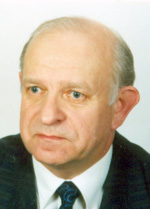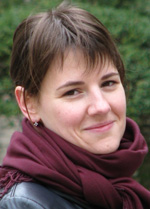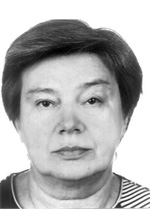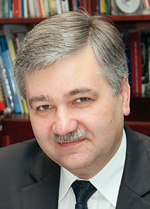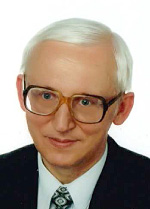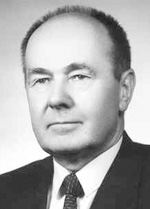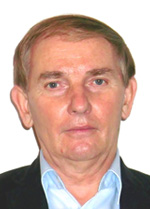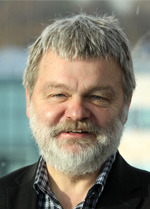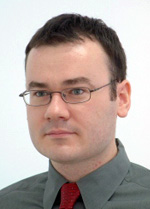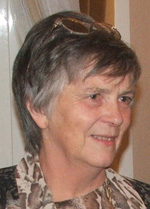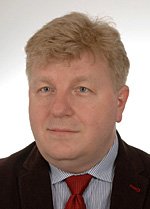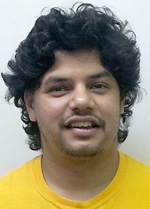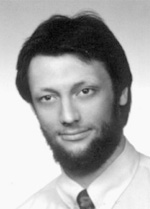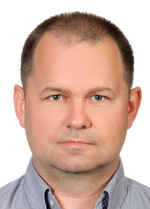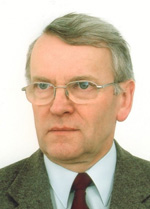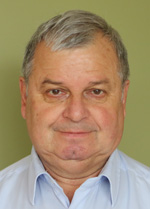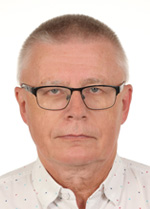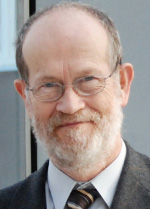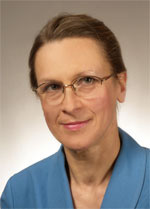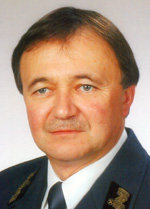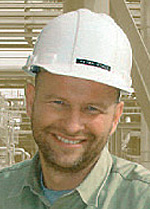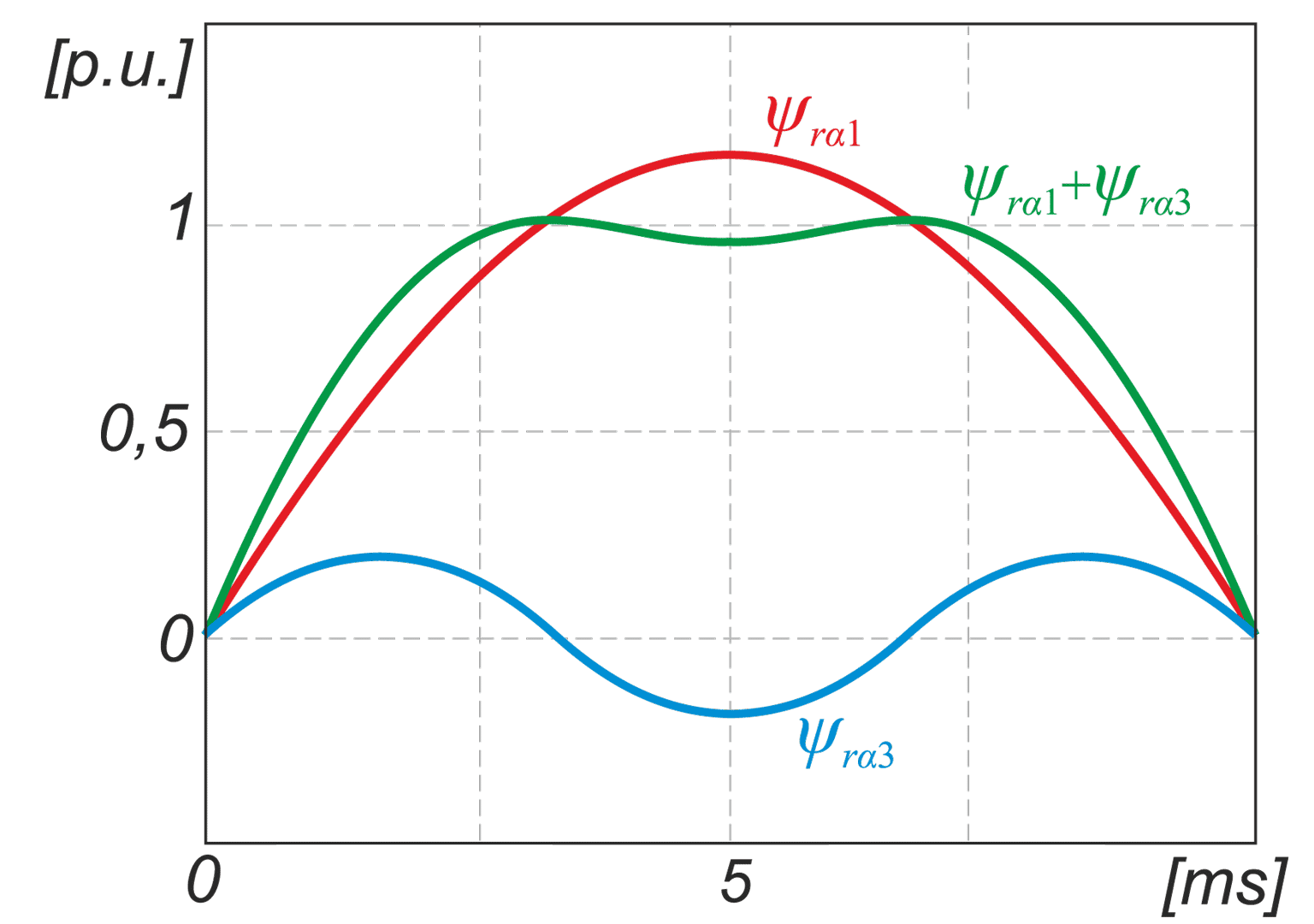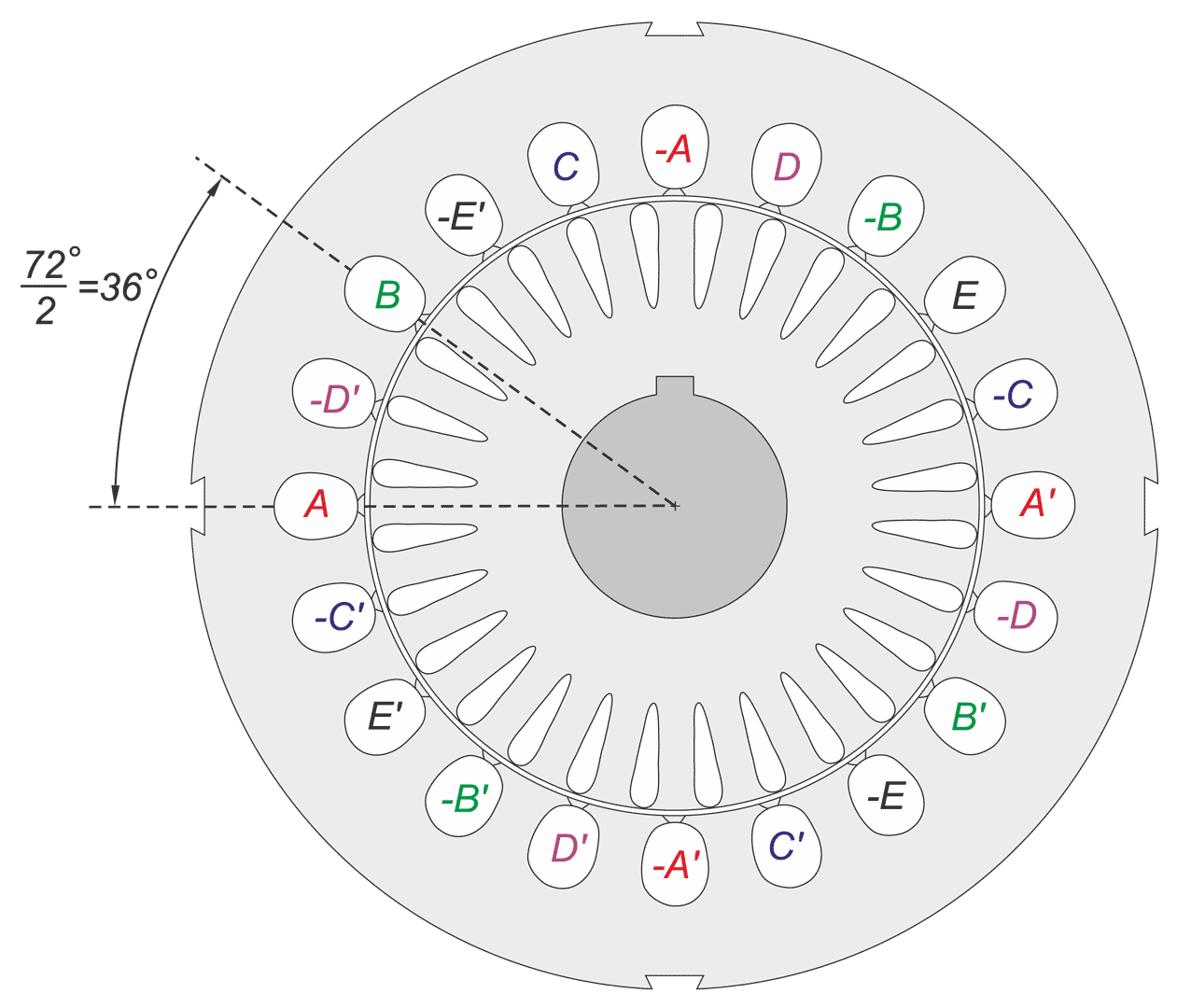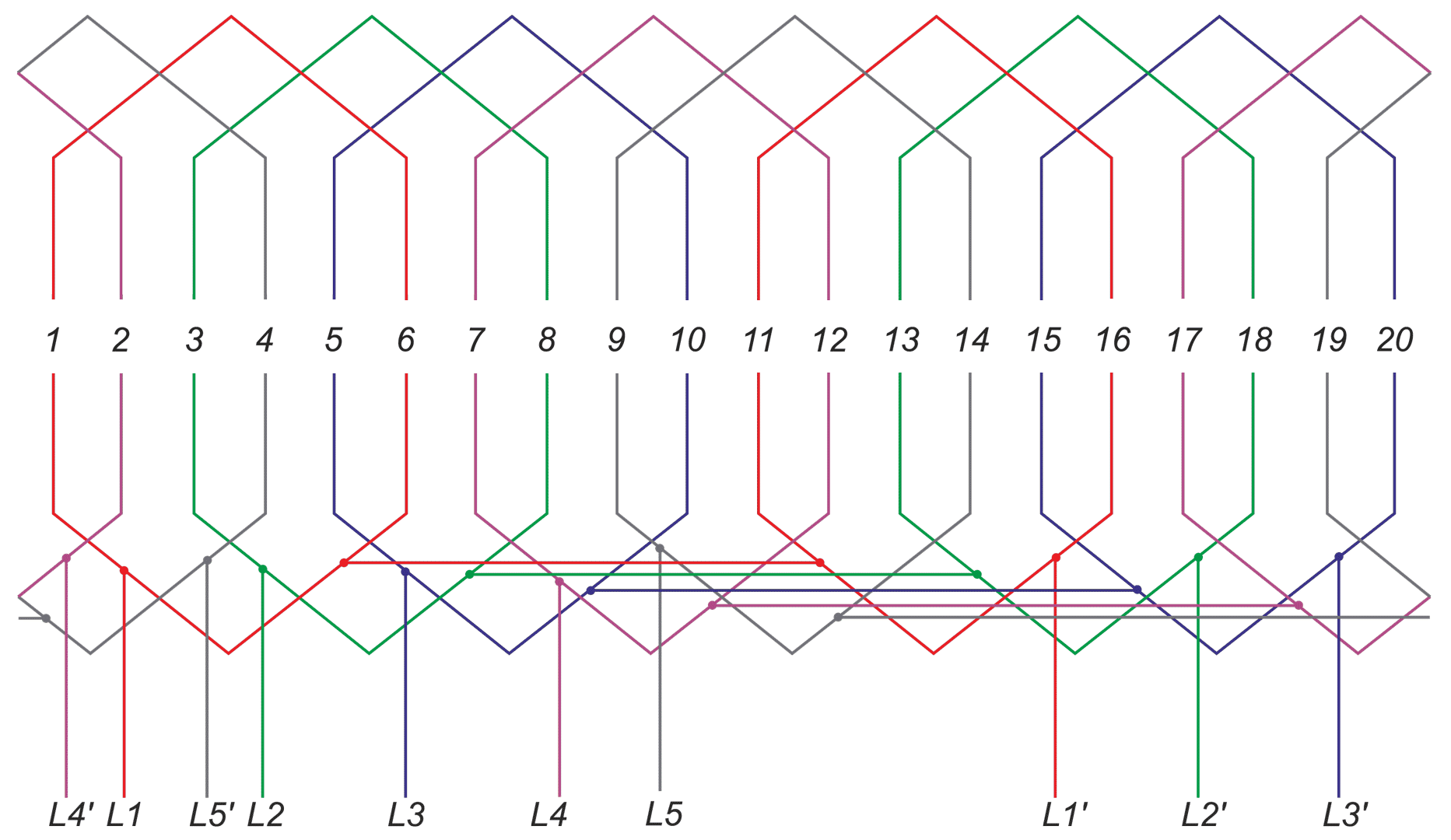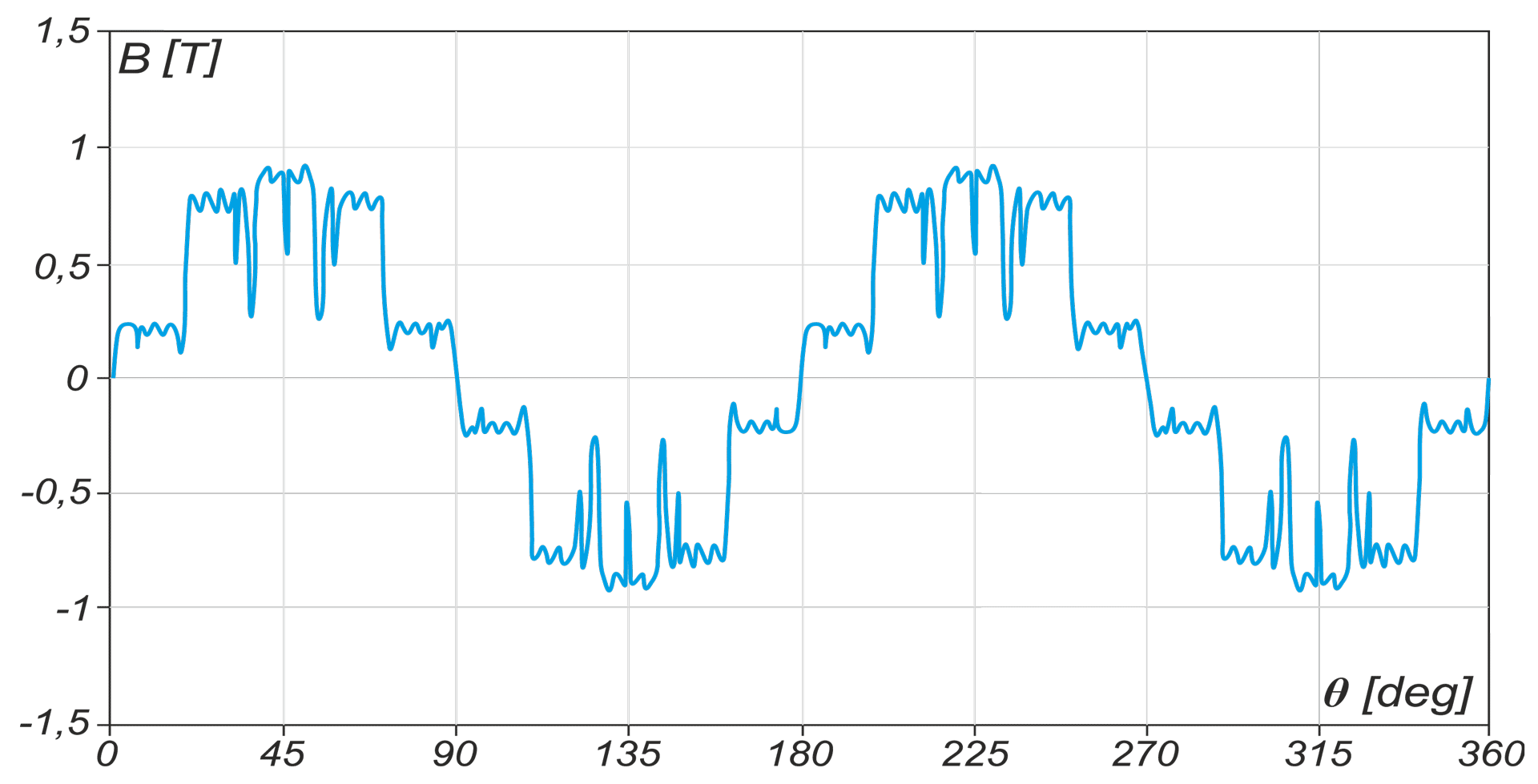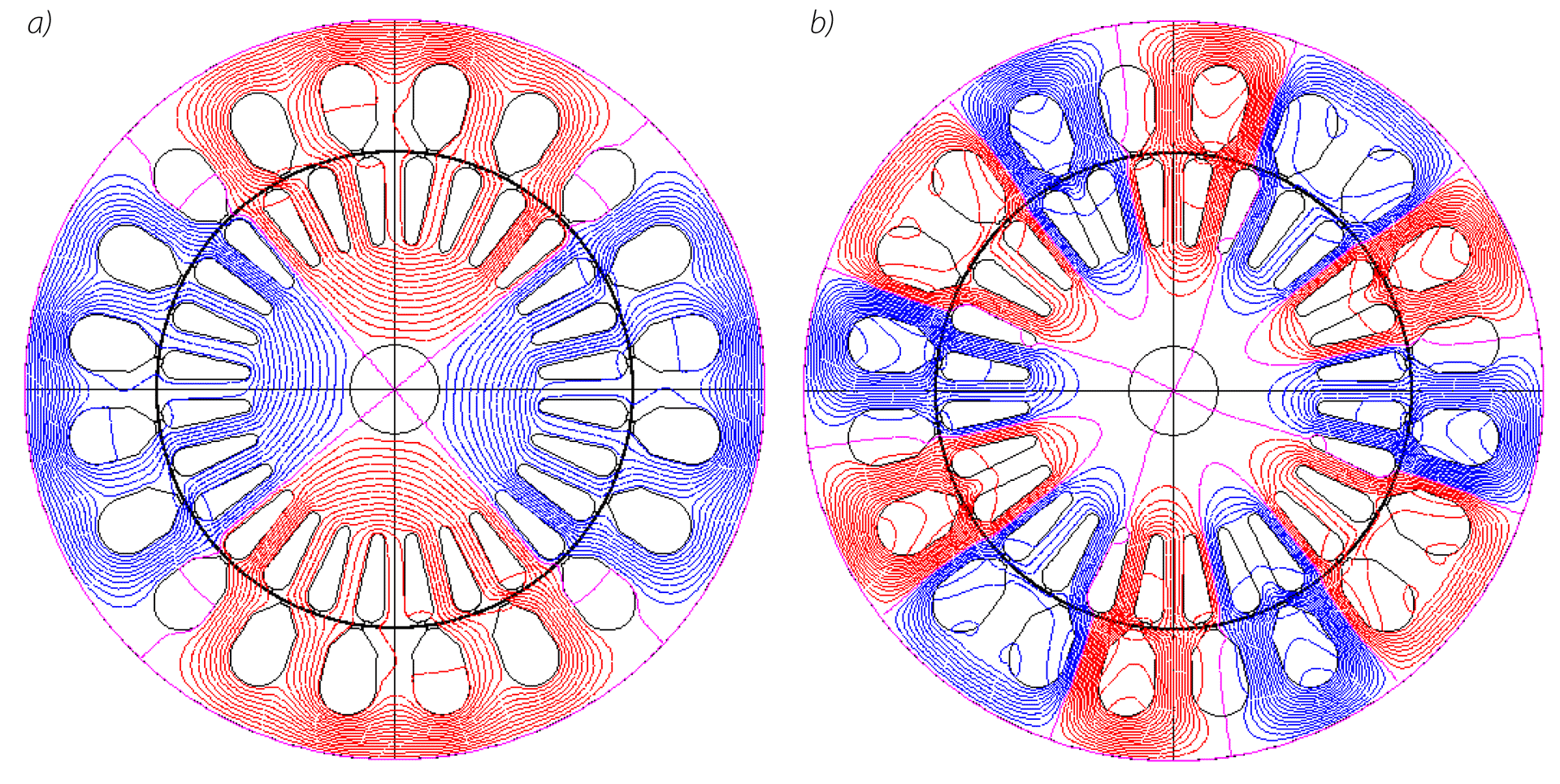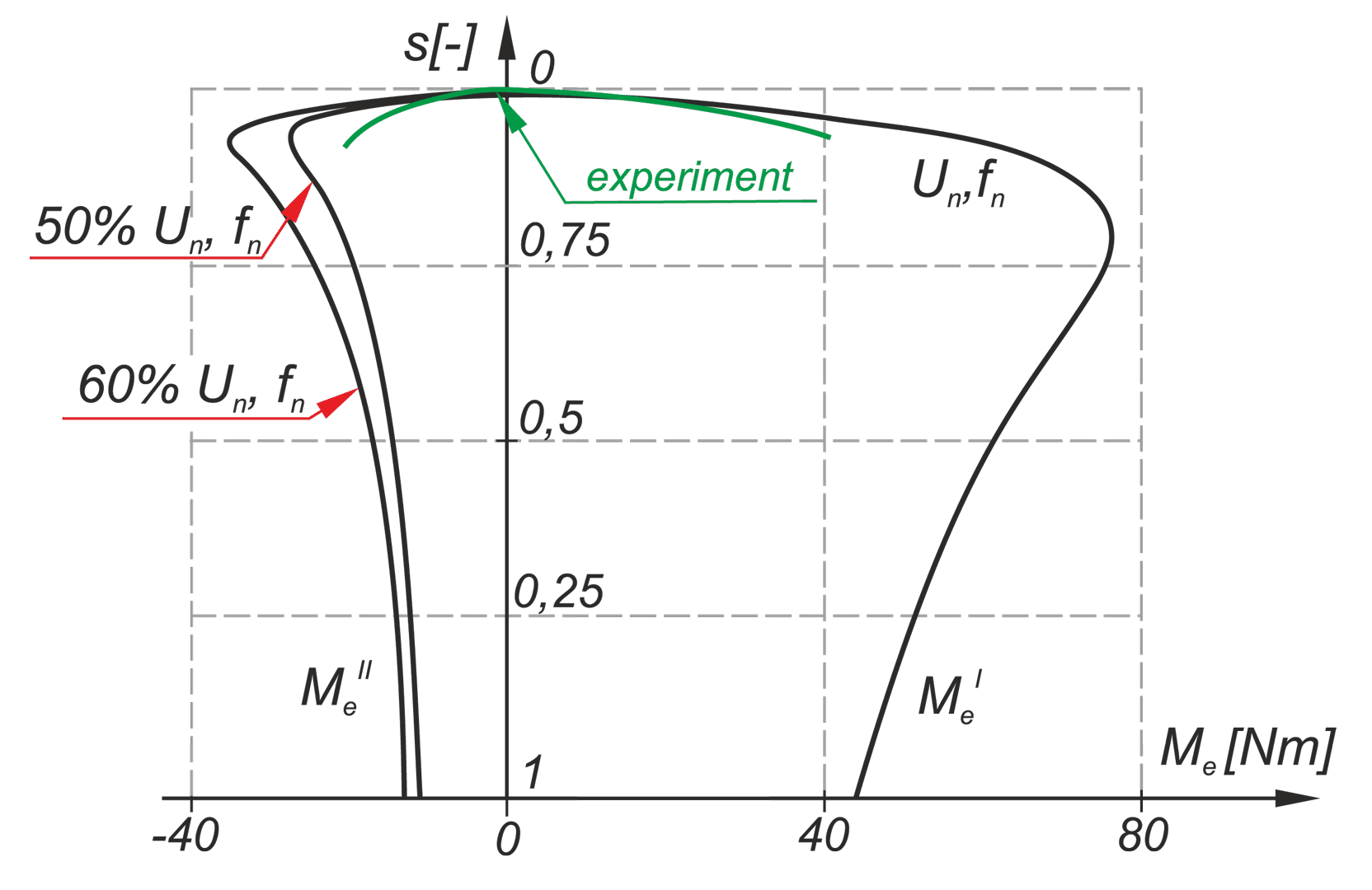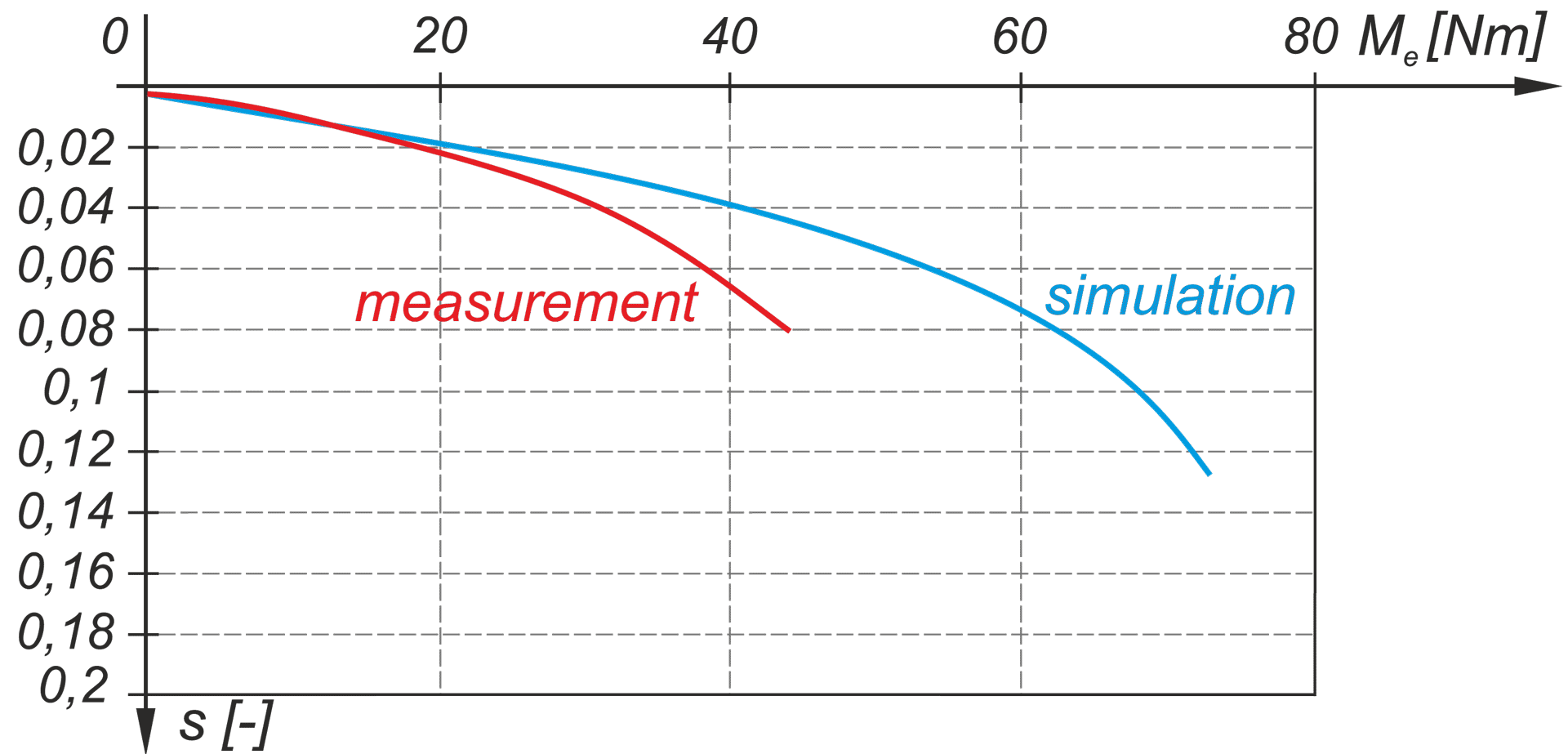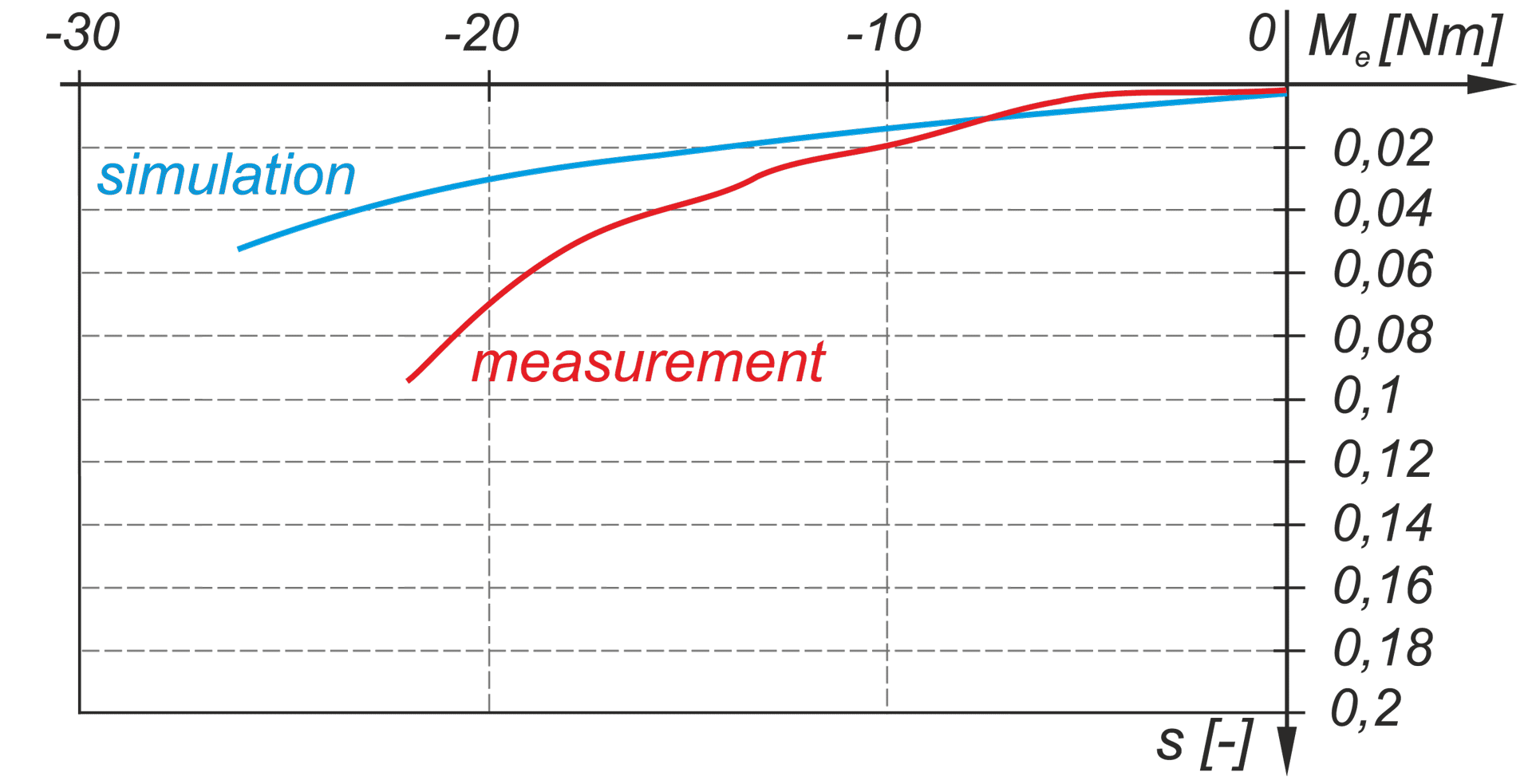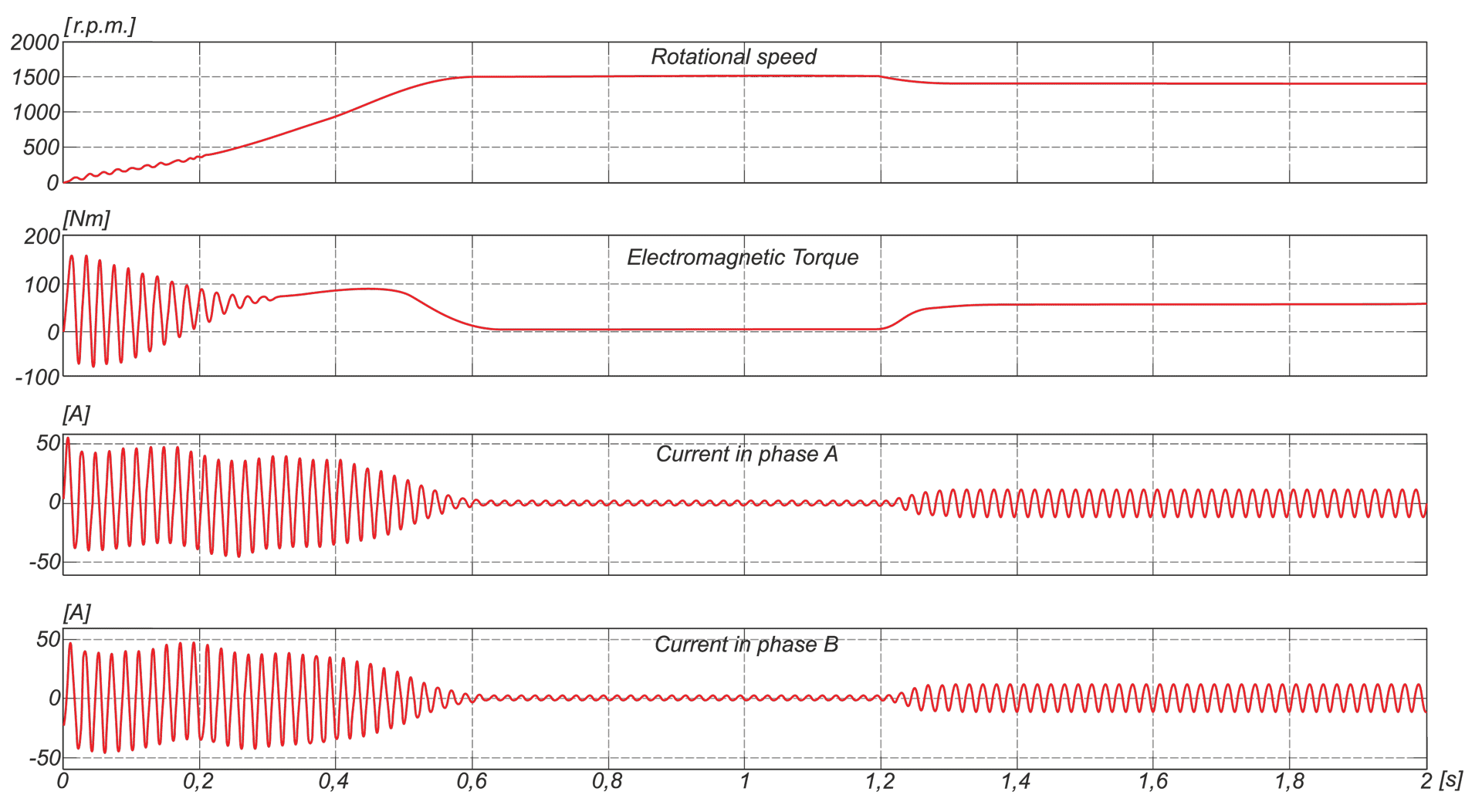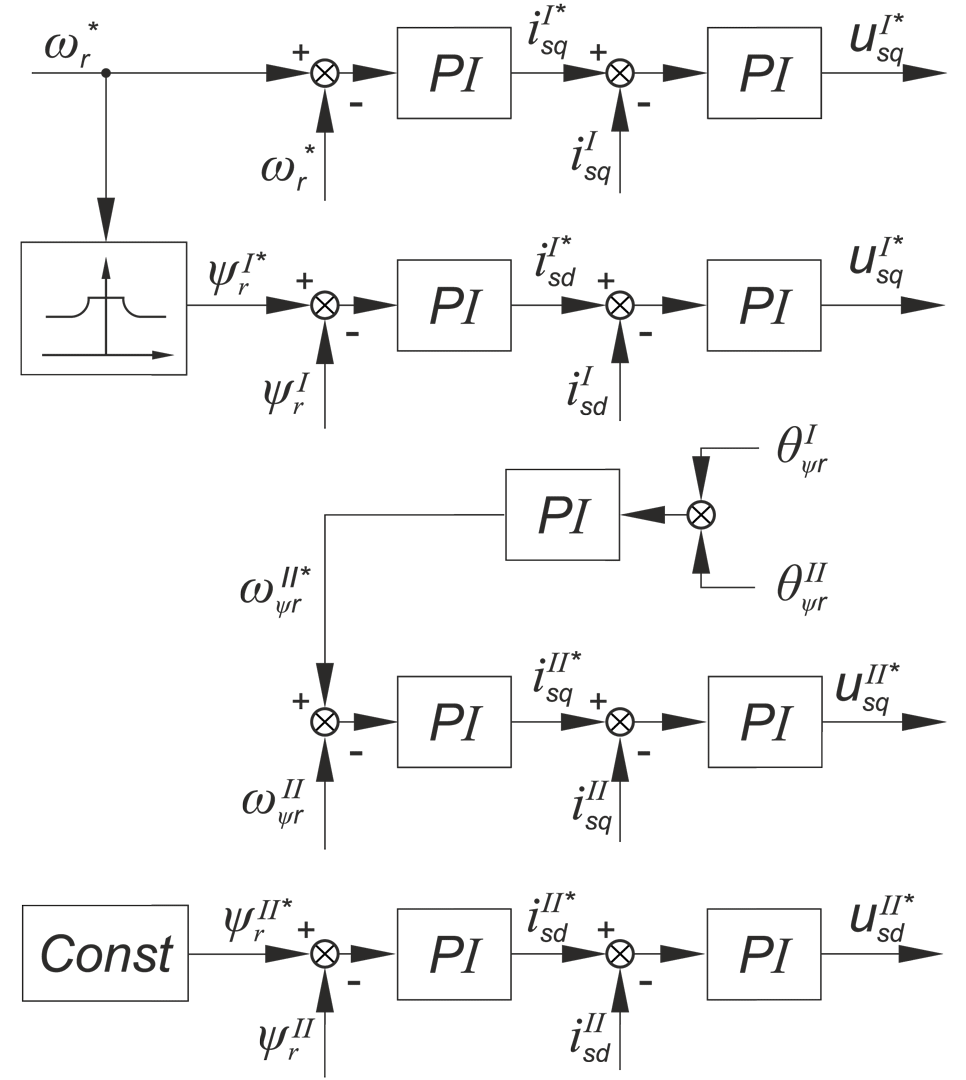E-pismo dla elektryków i elektroników
AUTOMATYKA, ELEKTRYKA, ZAKŁÓCENIA
Vol. 7, Nr 4(26) 2016
Five-Phase Squirrel-Cage Motor. Construction and Drive Properties
Pięciofazowy silnik indukcyjny - budowa i właściwości napędowe
dr hab. inż. Jarosław GUZIŃSKI, dr inż. Grzegorz KOSTRO, mgr inż. Patryk STRANKOWSKI, dr inż. Marcin MORAWIEC, dr Atif IQBAL
Abstract
This paper presents the simulation and experimental results of a five-phase squirrel-cage induction motor. The new machine has been designed to operate in a drive system with third harmonic rotor flux injection in order to improve the motor torque utilization. The motor structure, the mathematical model as well as the laboratory prototype have been described. The motor speed-torque characteristics and transients are elaborated on. Furthermore, the start-up possibility in the case of one or two stator winding faults has been shown as well. The idea of a closed loop speed control with increased load torque is presented.
Streszczenie
W pracy przedstawiono pięciofazowy silnik indukcyjny klatkowy, który zaprojektowano tak, aby wykorzystać wyższe harmoniczne momentu elektromagnetycznego. Zaprezentowano konstrukcję maszyny, model matematyczny oraz zbudowany prototyp laboratoryjny jego charakterystyki mechaniczne oraz przebiegi w stanach przejściowych. Wskazano na możliwość rozruchu i pracy maszyny przy uszkodzeniu jednej lub dwóch faz. Przedstawiono koncepcję sterowania ze zwiększeniem momentu napędowego.
Keywords
five-phase induction motor, electrical drive, mathematical model, speed control., squirrel-cage
Słowa kluczowe
silnik indukcyjny pięciofazowy, napęd elektryczny, model matematyczny, sterowanie prędkością
Rys. / Fig.
Bibliografia / Bilbiography
[1] E. Levi, “Multiphase Electric Machines for Variable-Speed Applications”, IEEE Trans. Ind. Electron., 55 (2008), n. 5, 1893-1909.
[2] E. Levi, R. Bojoi, F. Profumo, H. a. Toliyat, and S. Williamson, “Multiphase induction motor drives – a technology status review”, IET Electr. Power Appl., vol. 1, no. 4, p. 489, 2007.
[3] E. Levi, "Advances in Converter Control and Innovative Exploitation of Additional Degrees of Freedom for Multiphase Machines", in IEEE Transactions on Industrial Electronics, vol. 63, no. 1, pp. 433-448, Jan. 2016.
[4] E. Levi, N. Bodo, O. Dordevic and M. Jones, "Recent advances in power electronic converter control for multiphase drive systems", 2013 IEEE Workshop on Electrical Machines Design, Control and Diagnosis (WEMDCD), Paris, 2013, pp. 158-167.
[5] P. Drozdowski, G.Kostro, M. Ronkowski, „Wielofazowe silniki indukcyjne klatkowe – zalety i wady”, AUTOMATYKA, POMIARY, ZAKLOCENIA, www.epismo-aez.pl , DOI: 10.17274/AEZ.2014.18.04, pp. 42-56, Vol. 5, Nr 4 (18) 2014.
[6] Z. Krzeminski, ”Sensorless control of polyphase induction machines, in Kabzinski J., Advanced control of electrical drives and power electronics converters”, Springer, 2017.
[7] H. Abu-Rub, A. Iqbal, J. Guzinski (Eds), “High Performance Control of AC Drives With Matlab/Simulink Models”, John Wiley&Sons Ltd. 2012.
[8] A. S. Abdel-Khalik, M.I. Masoud and B.W. Williams, “Improved Flux Pattern With Third Harmonic Injection for Multiphase Induction Machines”, IEEE Trans. Power Electron., 27 (2012), n. 3, 1563-1578.
[9] M. Mengoni, L. Zarri, A. Tani, L. Parsa, G. Serra, D. Casadei, “High-Torque-Density Control of Multiphase Induction Motor Drives Operating Over a Wide Speed Range”, IEEE Trans. Ind. Electron., 62 (2015), n. 2, 814-825.
[10]H. Xu, H. A. Toliyat, and L.J. Petersen, “Rotor field oriented control of five-phase induction motor with the combined fundamental and third harmonic currents”, Proc. IEEE 16th Annu. Appl. Power Electron. Conf. Expo., Mar. 4–8, 2001, vol. 1, 392–398.
[11]L.A. Pereira, C.C. Scharlau, L.F.A. Pereira, and J. F. Haffner, “General model of a five-phase induction machine allowing for harmonics in the air gap field”, IEEE Trans. Energy Convers., 21 (2006), n. 4, 891–899.
[12]L.A. Pereira, C.C. Scharlau, L.F.A. Pereira, and J. F. Haffner, “Influence of Saturation on the Airgap Induction Waveform of Five-Phase Induction Machines”, IEEE Trans. Energy Conv., 27 (2012), n. 1, 29 – 41.
[13]L. Zheng , J.E. Fletcher , B.W. Williams and X. He, “Dual-plane vector control of a five-phase induction machine for an improved flux pattern”, IEEE Trans. Ind. Electron., 55 (2008), n. 5, 1996 -2005.
[14]M. Adamowicz, P. Strankowski, M. Morawiec, J. Guziński, Z. Krzemiński, "Sterowanie multiskalarne pięciofazowym silnikiem indukcyjnym", XII Konferencja Naukowa Sterowanie w Energoelektronice i Napędzie Elektrycznym, SENE 2015, 18-20 Listopad 2015, Łódź.
[15]M. Adamowicz, P. Strankowski, M. Morawiec, J. Guziński, Z. Krzemiński, "Sterowanie multiskalarne pięciofazową maszyną indukcyjną", Przegląd Elektrotechniczny, nr. 5, 2016, pp. 108-115.
[16]M. Adamowicz, J. Guziński, Z. Krzemiński, "Nonlinear control of five phase induction motor with synchronized third harmonic flux injection", First Workshop on Smart Grid and Renewable Energy (SGRE2015), 22-23.03.2015, Doha, Katar.
[17]M. Imecs, A. Kelemen, “Comparison between multiphase servo drives using the polyphase space-phasor theory”, Proceeding of PCIM’95, Nurnberg, 1995.
[18]Ł. Kubik, M. Macherzyński, T. Czaja, "Specjalistyczne wycinanie laserowe w technologii fiber”, Zeszyty Problemowe – Maszyny Elektryczne Nr 1/2013 (98) 73, BOBRME KOMEL, Katowice.
[19]A. Lewicki, J. Guziński, P. Strankowski, „Wektorowa modulacja szerokości impulsów w pięciofazowych falownikach napięcia”, Mat. XII Konf. Nauk. SENE 2015, 18-20 Listopada 2015.
[20]A. Lewicki, P. Strankowski, J. Guziński, "Metoda wektorowej modulacji szerokości impulsów pięciofazowego falownika napięcia", Przegląd Elektrotechniczny, nr. 5, 2016, pp. 28-35.
[21]L.A. Pereira, S. Haffner, L.F.A. Pereira, R.A. Benvenuti, R.S. da Rosa, “Parameterized Model and Performance of Five-Phase Induction Machines including Losses and Saturation”, J Control Autom Electr Syst (2015) 26:255–271, DOI 10.1007/s40313-015-0169-3


